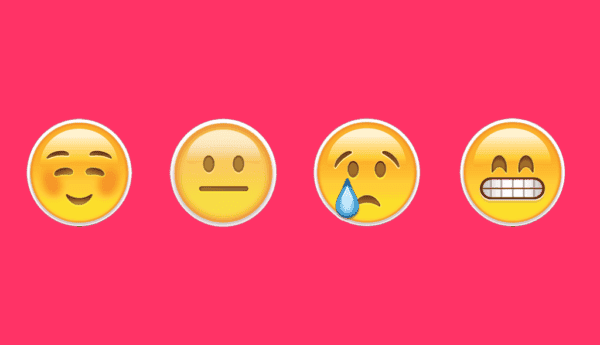There can be elements that can involve enjoyment of watching/knowing other people suffer in order to feel powerful. However, what usually changes this behaviour or can actually stop bullying is seeing the impact of another person in distress or suffering. We call this empathy, which means that we are able to take another person’s viewpoint and imagine how that feels.
Putting yourself in their shoes
Imagine that you are angry, have been belittled, upset and are currently experiencing lots of negative emotions right now. There may be no one to help you regulate these feelings and you don’t want to feel them. What would you do?
As an adult you probably have quite a few options. You could shout, swear, hit a punch bag, go for a walk, phone a friend and “rant’. Or what often happens in everyday life is you take it out on someone else (i.e. this is usually what leads to road rage).
Often this can be the reasoning behind children’s behaviour too. Now, imagine that you are sat at your computer and that person in work who upset you at lunchtime is now on the social media app you’re using.
If you were completely anonymous on this app and you could write something aimed at them that would enable you to feel powerful and would hurt them, would you? What would stop you and what would spur you on?
What similarities can you see here about your behaviour as an adult using the internet and a child’s? What internal resources do you have that would prevent you cyberbullying someone and how do you think you could explain this to your child?
What can we do as parents to limit the effects and increase repairs of cyberbullying?
The psychological and neuroscientific impact for both the victim and bully can range from embarrassment, to guilt to shame. These are three different reactions and each one has its own set of subtle symptoms that you may recognise.
Embarrassment
This is about looking a fool to others but having the resilience to “laugh it off” and neuroscientifically it’s something you can recover from pretty quickly. Perhaps you may notice this by the shyness of your child to discuss the issue, yet there is a willingness to do so. They may say “you’ll laugh at me” or something similar.
You can help your child by explaining that sometimes we feel silly or may have done something silly (like name calling to join in with others/peers) and that this will pass and can be repaired if we realise our mistake and in the best cases can apologise for it. You can “normalise” this behaviour if it is accidental and not intended to be vicious. Think about how we laugh at some TV programmes that show silly human behaviour (You’ve been framed).
Guilt
This is a feeling that more than likely the cyberbully will carry which is “I did something bad”. Quite often children will be quiet, secretive and avoid you and may say “you’ll ground me”, “you’ll punish me” “you’ll take away my phone” or similar words, because they expect that they will be punished for the act of doing something bad.
We can help our children here by explaining that they made a bad choice, that the choice has consequences and that the choice they made has had an effect on another person. This allows for a resilient feeling of being able to “make up for the bad choice” which in brain terms is a healthy response to building a more compassionate child for the future.
Quite often in my therapy room I ask parents not to reflect too much on the aspect of “pointing out the victims feelings too much” as this adds to the next feeling that I will discuss.
Shame
This is a feeling that often both victim and cyberbully encounter as this is a feeling of “I AM bad”. This is usually easier to spot by behaviours and words that reflect a lack of self-esteem or self-worth so they may say something like “nobody likes me” or “I’m no good” and “you’ll hate me”. These children are suffering both emotionally and physically.
You see in a state of shame the body begins to produce chemicals that are not helpful for brain development, empathy and compassion. The child begins to withdraw inwards or act outwardly, such as aggression.
We can help our children here, not by over praising them, but by connecting with them and reflecting to them that we know what shame feels like (most of us do!) and how difficult this can be. We can learn to sit with our children if they are the victim and tell them that the behaviour of someone else can be hard to tolerate, especially when it is aimed at us personally.
Showing understanding to address emotions associated with cyberbullying
If our children have been the cyberbully we can explain that it must have been very scary, hurtful, or confusing for them to want to hurt someone else and that we understand that we have all been in ‘that place’ when we are frightened, angry, hurt.
Being able to say sorry can help them come to terms with their behaviour. I’m sure most of them really are. By speaking and connecting with our children in this way we can help change the negative behaviours that so often accompany cyberbullying.
Watch video on spotting signs of Cyberbullying
Mummy blogger Adele Jenning of Ourfamilylife.co.uk shares her tips on what signs to look out for if you suspect that your child is being cyberbullied





